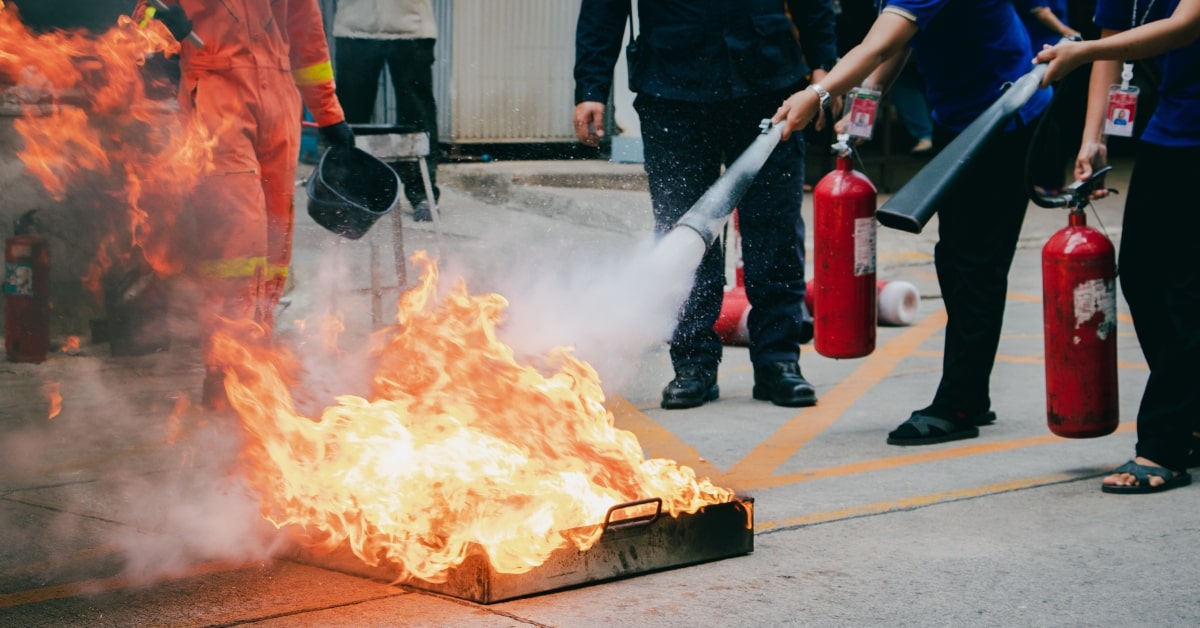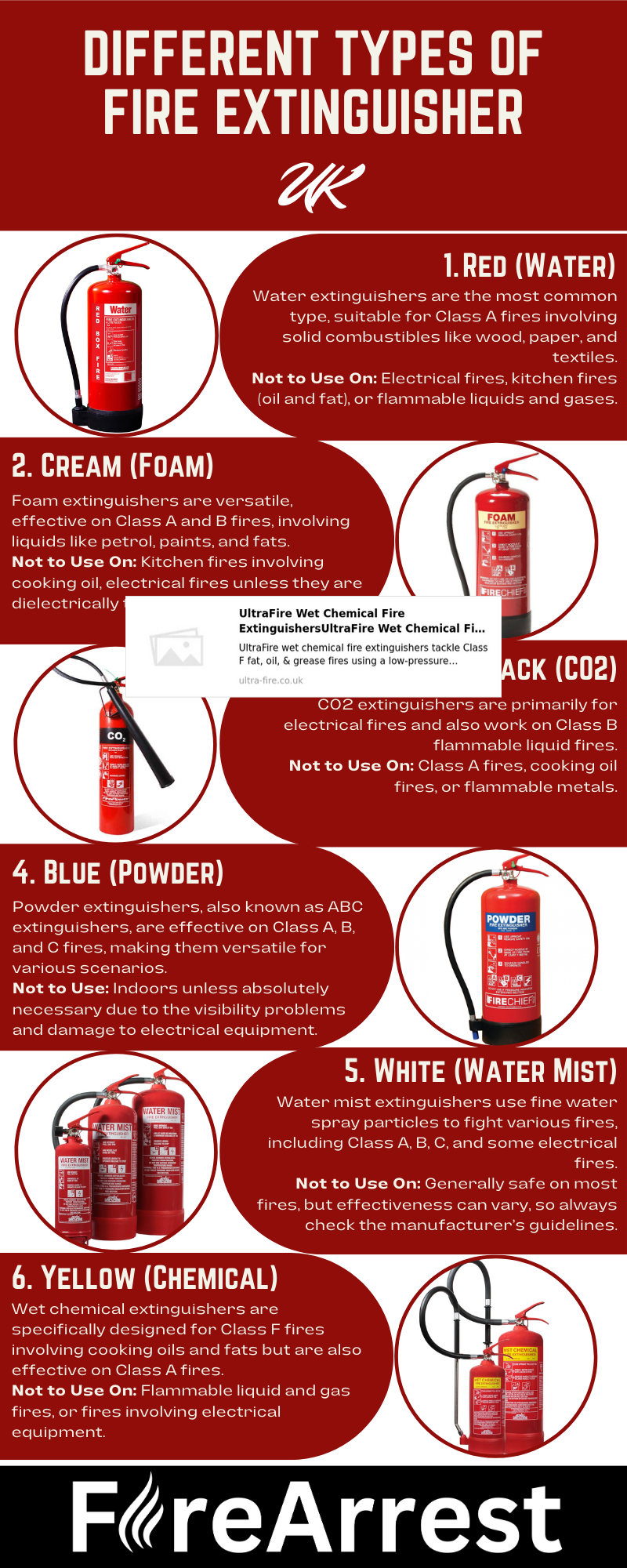Navigating the maze of fire safety regulations in the UK can seem daunting, especially when it comes to the specifics of fire extinguishers. Whether you’re a business owner, a safety officer, or simply a concerned citizen, understanding these regulations and integrating them into your software is crucial for not only legal compliance but also for the safety and well-being of everyone involved. This guide aims to demystify fire extinguisher regulations in the UK, providing a straightforward overview of what you need to know to ensure safety and compliance in your premises.

Understanding Fire Extinguisher Regulations in the UK
What Are Fire Extinguisher Regulations?
Fire extinguisher regulations in the UK are part of a comprehensive framework designed to ensure that premises are equipped to deal with fires effectively. These regulations cover aspects such as the types of fire extinguishers required, their placement, maintenance, and the training of individuals in their use. The Regulatory Reform (Fire Safety) Order 2005 is the key piece of legislation governing fire safety, including extinguishers, in England and Wales, with equivalent regulations in Scotland and Northern Ireland.
Why Are These Regulations Important?
The importance of these regulations cannot be overstated. They are not just legal requirements but lifesaving measures. Properly maintained and correctly used fire extinguishers can significantly reduce the risk of injury or death in the event of a fire. They also play a critical role in protecting property by allowing small fires to be extinguished before they escalate into larger, uncontrollable blazes.







